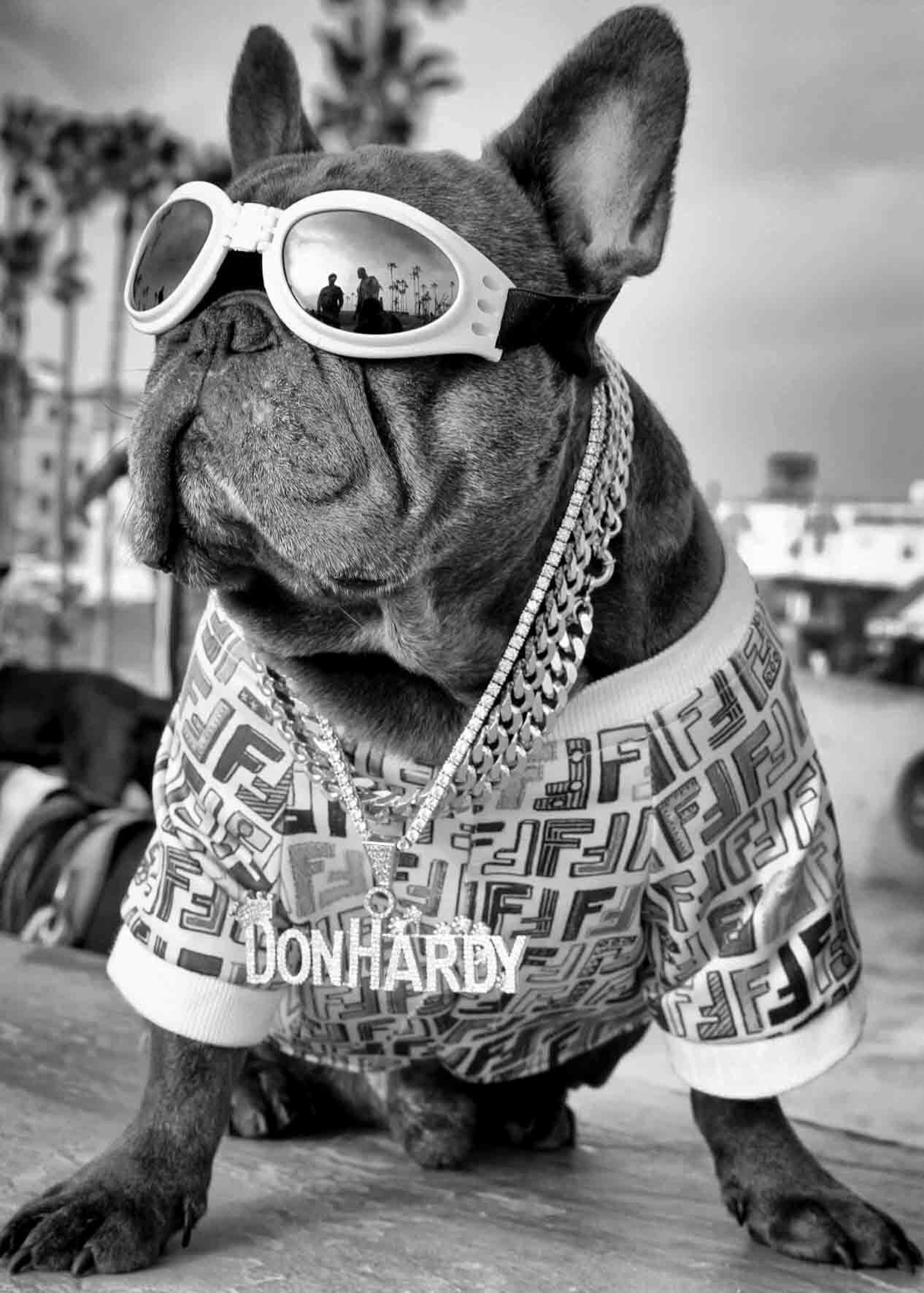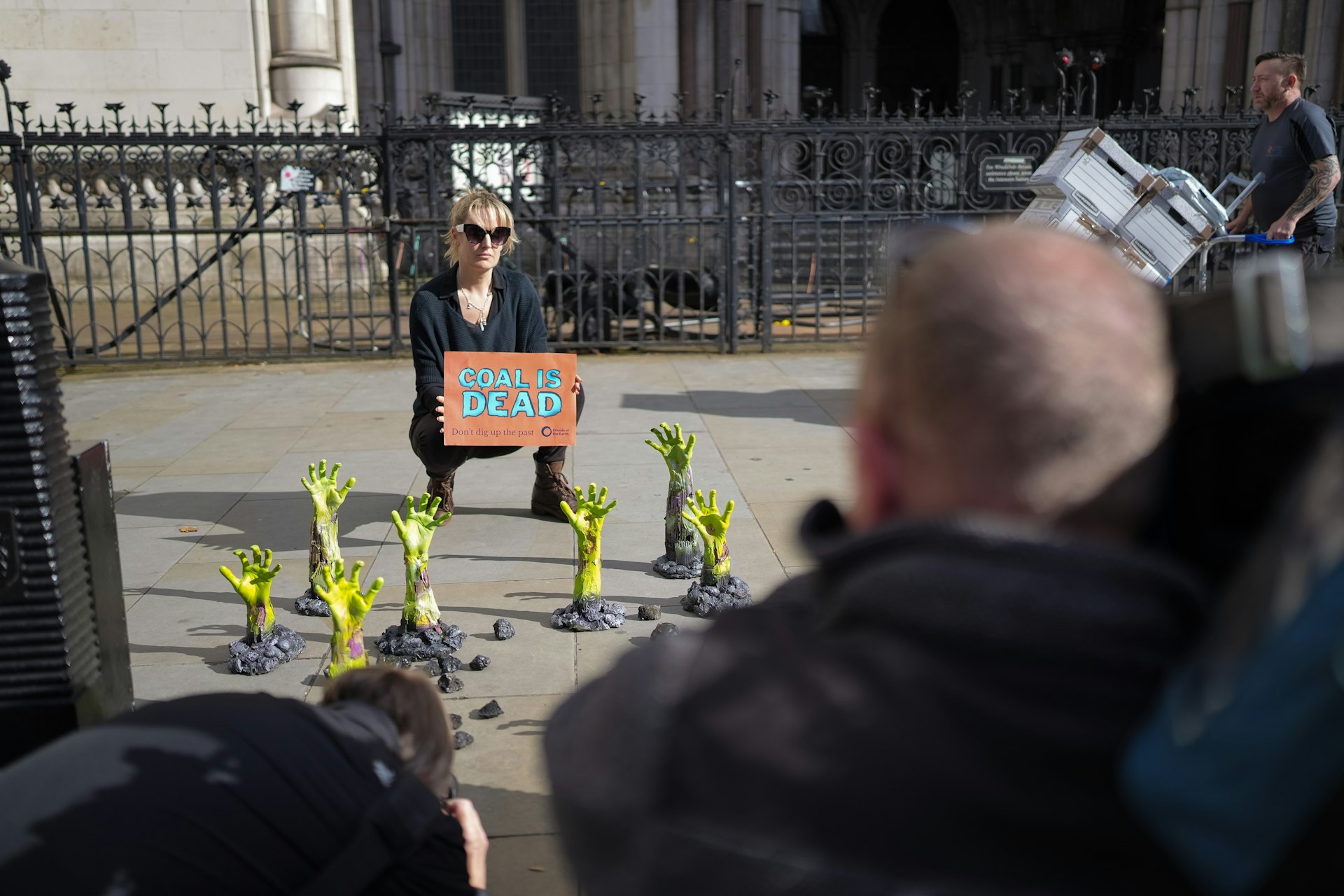Meet the 'Atlantic cowboys' of the Faroe Islands
- Text by Isaac Muk
- Photography by Andrea Gjestvang

In 2014, Norwegian photographer Andrea Gjestvang was sitting in a bar in Berlin when she began talking with a stranger. After exchanging pleasantries, the conversation turned to the Faroe Islands – a remote archipelago island chain in the North Atlantic Ocean – when the stranger, who happened to be an author, told Gjestvang a small fact that immediately grabbed her.
Large numbers of women were migrating out of the region, leaving the Faroe Islands with a noticeable gender imbalance – a 2021 census found that there were 7.8 percent more men than women in the territory. “It does happen in rural regions in Norway and other parts of the world,” says Gjestvang. “But I was a bit surprised that the gender roles were different to what you would connect with a Nordic region – we are kind of in front when it comes to these things.”
When she returned home, she quickly fired up her computer and did some research into the area’s intriguing demographics. Within a few months she was boarding a ferry to the Faroe Islands armed with her camera, looking to document what she found. She would return twice a year for the next half decade, with a number of her pictures now presented in her soon-to-be published monograph Atlantic Cowboy.

Hjalmar, his shirt stained with blood during sheep slaughtering.

Interior from a carpentry workshop in the capital Tórshavn.

Fróði rests on a slaughtered whale.
From intimate portraits inside homes, to capturing people hard at work in manual labour, to young men relaxing in a hot tub, the pictures are a poignant archive of the predominantly male life – young and old – on the remote islands set not far from the Arctic Circle.
The name Atlantic Cowboy is drawn from an essay penned in the book by local sociologist Firouz Gaini, who Gjestvang during one of her biannual trips, when he told her about this Faroese cultural archetype. With a society historically reliant on the fishing industry, the Atlantic Cowboy was the “largest and most powerful group associated with fast cars, rock music, fishing, as well as traditional family values and the Christian faith,” Gaini writes. But, since he first wrote about this idea 15 years ago, he’s noticed their pertinence in Faroese culture dissipate and morph, as new generations of boys became men.

Rogni (26) and Odin (25) in the hot tub at around midnight in Mykines.

Klaksvík in April.

People gather at a temporary amusement park on the harbour in Vágur.
And that change is exactly what Gjestvang’s photographs explore – they are an examination of the diversity of male characters and cultures. “I think the idea [of the Atlantic Cowboy] is romantic, but in reality [the local people] have other values,” Gjestvang says. “There used to be a time where it was important that men were strong, that they could build a house and provide for their family, but in my experience it’s not so important anymore – because you have other values, or if you want a house you will buy it or get someone else to build it for you.”
Of course, it means greater independence for women compared to centuries past, which drives the gender imbalance that becomes felt even more keenly in rural areas. “Especially in the smaller communities, [many] women have moved abroad or to the capital. More women do higher education than men, and to do that you need to go to a bigger city,” she says. “So that was an issue that many men talked about and many were very connected to their hometown – maybe they were on a fishing boat or had taken over the farm so they were not so mobile.”

View of the small town Vidareidi.

A young boy looks out of a window while travelling on the ferry.

Aadne and Jóannes.
For many men it makes for a somewhat solitary existence in a pocket of the world that’s already remote to start with. “It’s kind of lonely somehow – you can drive and you see houses, but you don’t see people so much,” says Gjestvang. “I spoke to one young man who lived in a small town in the North, and he said that all the girls from his year in school had moved away.”
“But people were extremely social, and even though some of the men that I met didn’t have their own family, like a wife and children, they have a close relationship to their extended family and neighbours,’ she continues. “So people seemed quite confident and of course happy.”
Atlantic Cowboy by Andrea Gjestvang is published by GOST.
Follow Isaac on Twitter.
Enjoyed this article? Like Huck on Facebook or follow us on Twitter.
Latest on Huck

Autism cannot be cured — stop trying
A questionable study into the ‘reversal’ of autism does nothing but reinforce damaging stereotypes and harm, argues autistic author Jodie Hare.
Written by: Jodie Hare

Bristol Photo Festival returns for second edition
After the success of it’s inaugural run, the festival returns this autumn with exhibitions, education and community programmes exploring a world in constant motion through still image.
Written by: Ben Smoke

Documenting the life of a New York gang leader paralysed by gun violence
New photobook ‘Say Less’ is a complex yet humanising look into a life wrecked by gun violence and organised crime.
Written by: Isaac Muk

The woman who defined 80s Hip Hop photography
A new exhibition brings together Janette Beckman’s visionary and boundary pushing images of an era of cultural change and moral panic.
Written by: Miss Rosen

In photos: the dogs of Dogtown
A new photobook documents Venice Beach’s four legged friends and their colourful cast of owners.
Written by: Isaac Muk

Inside the battle to stop coal
As the legal challenge against Britain’s first deep coal mine in 30 years reaches the High court, we talk to activists at the centre of the fight to stop it.
Written by: Ben Smoke